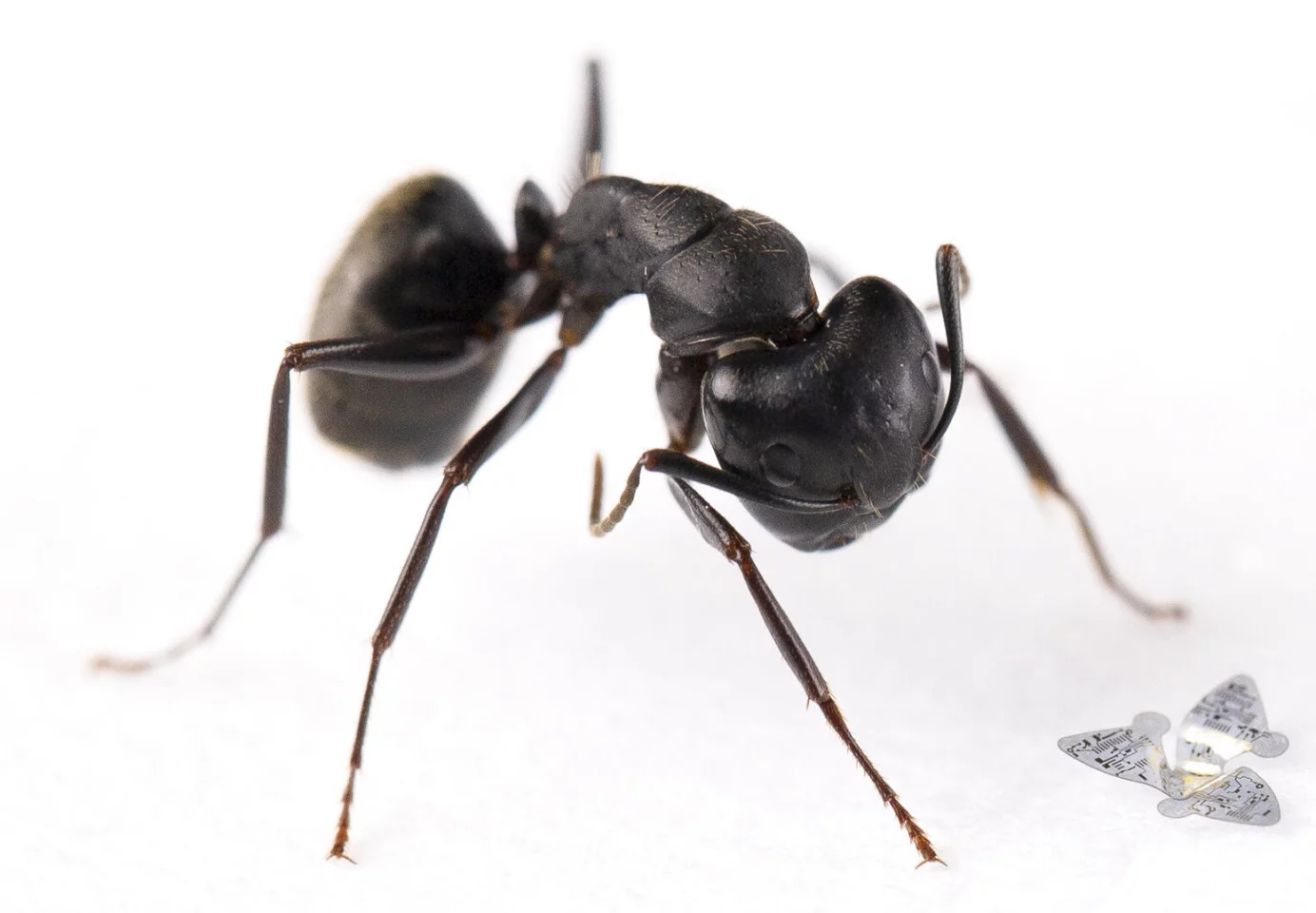Engineers at Northwestern University have given microchips a new ability – the power of flight. Inspired by wind-dispersed seeds, these “microfliers” are shaped like tiny propellers to catch the wind, and may be the smallest flying structures ever made by humans.
Electronic devices are always getting smaller, with complex systems now able to be shrunk down to sub-millimeter sizes to make for more portable consumer electronics, less invasive body implants, and wider environmental monitoring.
In the lattermost case, dispersing these sensors could be a challenge. Previous studies have developed systems to drop them from small drones or even insects, but the new work takes a different approach. The Northwestern team looked to the seeds of plants such as the maple tree, which are shaped like tiny propellers. That way, they don’t drop straight to the ground but catch the wind, allowing the plant to distribute its seeds over much greater distances.
So for the new study, the researchers designed their tiny devices to have similar aerodynamics, based on computer modeling of how a variety of seeds fly. The resulting microflier is made up of electronic components clustered in the center of three wings, all assembled on a rubber substrate. The electronics give the device a low center of gravity, allowing the wings to catch the wind, and the whole thing measures less than 1 mm across, which the team claims makes them the smallest flying structures ever built.

“Our goal was to add winged flight to small-scale electronic systems, with the idea that these capabilities would allow us to distribute highly functional, miniaturized electronic devices to sense the environment for contamination monitoring, population surveillance or disease tracking,” says John Rogers, lead author of the study.
In tests, the team embedded sensors, a power source, memory and an antenna onto the microflier. To demonstrate the wide range of jobs that these devices could perform, the team kitted them out with different sensors that could detect particulates in the air, pH balance in water, or sun exposure.
The researchers say that they could be dropped from planes or buildings to disperse over a wide area. And once they’ve finished their work, the microfliers will break down in the environment, thanks to the materials they’re made of.
“We fabricate such physically transient electronics systems using degradable polymers, compostable conductors and dissolvable integrated circuit chips that naturally vanish into environmentally benign end products when exposed to water,” says Rogers. “We recognize that recovery of large collections of microfliers might be difficult. To address this concern, these environmentally resorbable versions dissolve naturally and harmlessly.”
The research was published in the journal Nature. The team describes the work in the video below.
Source: Northwestern University





